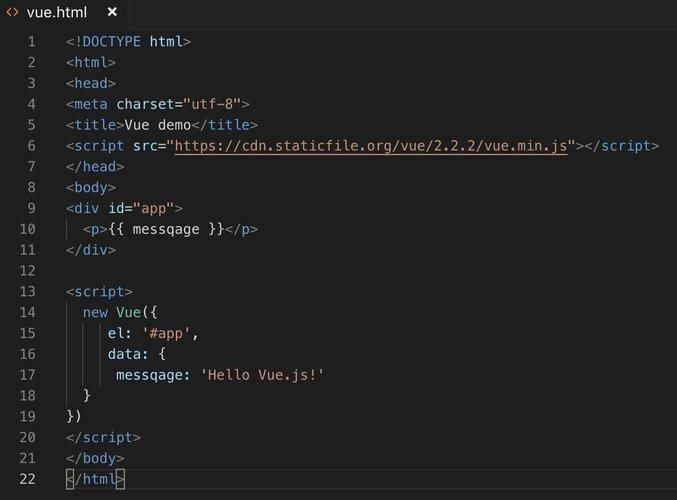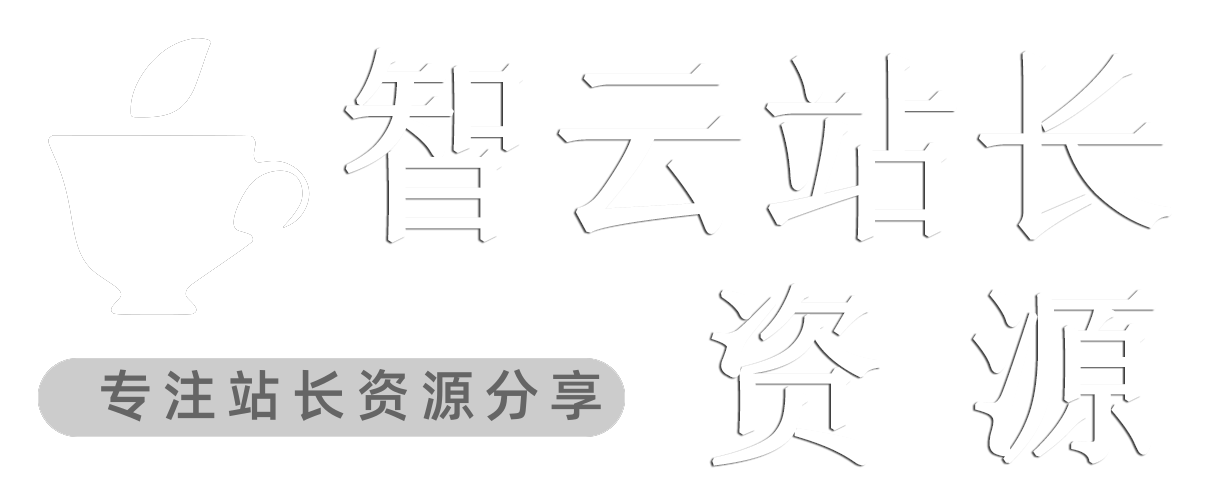
背景
之前用过了微前端框架 qiankun 并剖析了其原理,今天我们来试试另一个同样厉害的微前端框架无界,本文只是讲如何使用,原理部分后面再更新。
无界支持多种项目的接入,如 react、vue 等
普通项目
如果你项目是 react、vue 可以直接用 wujie-vue2、wujie-vue3、wujie-react,但是这些也是基于下面的内容封装的,所以建议看一下,我后面都会讲到
1、安装
npm i wujie -S
import { bus, setupApp, preloadApp, startApp, destroyApp } from "wujie";
2、初始化(非必须)
在项目入口处设置子应用的参数,更多参数请看 这里
setupApp({
name: "唯一id",
// 子应用地址
url: "//localhost:9001",
// 子应用将被挂载在该容器上 HTMLElement | string
el: "#app1"
})
为什么这一步是非必须的,因为接下来的预加载和启动都是和这一步的参数想同,但是如果你这一步有设置,那么接下来只需要设置这一步的 name 就好。
3、预加载
preloadApp({ name: "唯一id"});
4、启动子应用
startApp({ name: "唯一id" });
子应用将会在第 2 步设置的容器中启动。
vue项目
1、下载
# vue2 框架
npm i wujie-vue2 -S
# vue3 框架
npm i wujie-vue3 -S
2、初始化
// vue2
import WujieVue from "wujie-vue2";
// vue3
import WujieVue from "wujie-vue3";
const { bus, setupApp, preloadApp, destroyApp } = WujieVue;
Vue.use(WujieVue);
// 这里如果设置了,底3步可以直接通过name值来使用,
setupApp({
name: "app1",
url: "//localhost:9001/",
...lifecycles,
});
3、启动子项目
<WujieVue width="100%" height="100%" name="app1"></WujieVue>
原理
可以看到 wujie-vue 也只是简单的对基本操作进行了封装。
import Vue from "vue";
import { bus, setupApp, preloadApp, startApp, destroyApp } from "wujie";
import { createApp, h, define***ponent } from "vue";
const vue3Flag = !!createApp;
const wujieVueOptions = {
name: "WujieVue",
props: {
width: { type: String, default: "" },
height: { type: String, default: "" },
name: { type: String, default: "" },
loading: { type: HTMLElement, default: undefined },
url: { type: String, default: "" },
sync: { type: Boolean, default: false },
prefix: { type: Object, default: undefined },
alive: { type: Boolean, default: false },
props: { type: Object, default: undefined },
replace: { type: Function, default: undefined },
fetch: { type: Function, default: undefined },
fiber: { type: Boolean, default: true },
degrade: { type: Boolean, default: false },
plugins: { type: Array, default: null },
beforeLoad: { type: Function, default: null },
beforeMount: { type: Function, default: null },
afterMount: { type: Function, default: null },
beforeUnmount: { type: Function, default: null },
afterUnmount: { type: Function, default: null },
activated: { type: Function, default: null },
deactivated: { type: Function, default: null },
loadError: {type: Function, default: null}
},
data() {
return {
destroy: null,
startAppQueue: Promise.resolve(),
};
},
mounted() {
bus.$onAll(this.handleEmit);
this.execStartApp();
this.$watch(
() => this.name + this.url,
() => this.execStartApp()
);
},
methods: {
handleEmit(event, ...args) {
this.$emit(event, ...args);
},
execStartApp() {
this.startAppQueue = this.startAppQueue.then(async () => {
try {
this.destroy = await startApp({
name: this.name,
url: this.url,
el: this.$refs.wujie,
loading: this.loading,
alive: this.alive,
fetch: this.fetch,
props: this.props,
replace: this.replace,
sync: this.sync,
prefix: this.prefix,
fiber: this.fiber,
degrade: this.degrade,
plugins: this.plugins,
beforeLoad: this.beforeLoad,
beforeMount: this.beforeMount,
afterMount: this.afterMount,
beforeUnmount: this.beforeUnmount,
afterUnmount: this.afterUnmount,
activated: this.activated,
deactivated: this.deactivated,
loadError: this.loadError
});
} catch (error) {
console.log(error);
}
});
},
},
beforeDestroy() {
bus.$offAll(this.handleEmit);
},
render(c) {
const createElement = vue3Flag ? h : c;
return createElement("div", {
style: {
width: this.height,
height: this.height,
},
ref: "wujie",
});
},
};
const WujieVue = vue3Flag ? define***ponent(wujieVueOptions) : Vue.extend(wujieVueOptions);
WujieVue.setupApp = setupApp;
WujieVue.preloadApp = preloadApp;
WujieVue.bus = bus;
WujieVue.destroyApp = destroyApp;
WujieVue.install = function (Vue) {
Vue.***ponent("WujieVue", WujieVue);
};
export default WujieVue;
React项目
基本和 vue 相同
效果
可以看到,我在这个页面加载了两个子应用,在 dom 上的表现形式为 web ***ponent 的形态,而 js 部分则是用 iframe 来加载的。
总结
看下来比 qiankun 的接入方式简单了许多,后续使用我会在记录

